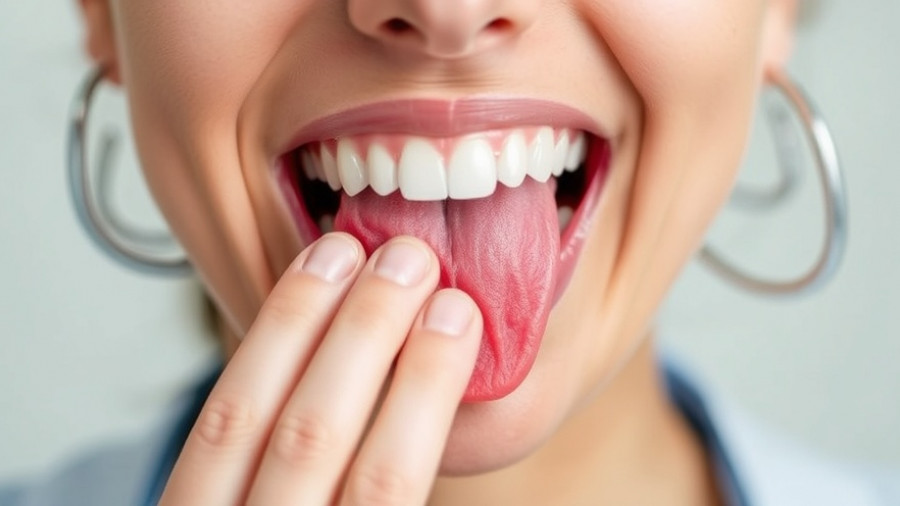
Understanding Teeth Grinding: What It Is and Why It Happens
For many, the term "teeth grinding" may evoke whimsical images from cartoons where characters gnash their teeth in distress. Yet in reality, bruxism, as it is clinically known, is a serious condition that can lead to significant dental damage and discomfort. This unintentional clenching or grinding of teeth typically occurs during sleep and is often linked to underlying stress and anxiety issues. Statistically, it affects a substantial portion of the population at some point in their lives, and understanding its underlying causes and effects is crucial for effective management and treatment.
The Relationship Between Stress and Bruxism
Research consistently highlights the connection between high-stress levels and the incidence of bruxism. When under stress, our bodies react by elevating cortisol and adrenaline levels, which can manifest physically through behaviors like teeth grinding. While occasional grinding may not result in immediate harm, chronic bruxism can lead to significant dental issues, including worn enamel, cracked teeth, and jaw pain. Thus, knowing how stress intertwines with our oral health is an essential first step in mitigating its effects.
Signs and Symptoms to Watch For
Many individuals are unaware of their bruxism until they experience its damaging symptoms. Common indications include:
- Worn Enamel: Over time, grinding can wear down the protective enamel layer of teeth, leading to increased sensitivity and a greater risk of decay.
- Jaw Pain: Persistent clenching can result in discomfort or pain in the jaw muscles, often described as soreness or dull aching that may extend to the ears and temples.
- Headaches: Frequent and intense headaches, particularly in the morning, can signify underlying bruxism.
- Loose or Cracked Teeth: The excessive force exerted during grinding can lead to physical damage, such as chips or even loose teeth.
Recognizing these symptoms early can prevent further complications, making regular dental check-ups paramount.
Effective Treatment Options
The treatment for bruxism primarily revolves around managing symptoms and addressing the underlying causes. Here are some widely recommended approaches:
- Mouth Guards: Custom-fitted mouth guards are often the first line of defense against the damage caused by teeth grinding. These protective barriers help cushion the teeth and reduce the risk of wear.
- Stress Management Techniques: Methods such as meditation, yoga, and physical exercise can significantly lower stress levels, helping to reduce grinding behaviors. Becoming mindful of stress triggers and developing coping strategies is essential.
- Professional Help: Consulting with health professionals, including dentists and psychologists, can provide tailored strategies for managing both bruxism and stress.
- Medication: In severe cases, doctors might prescribe muscle relaxants or anti-anxiety medications for symptom management. However, such approaches should only be pursued under medical supervision.
Preventative Strategies for Long-Term Health
While many might not be able to fully eradicate bruxism, certain proactive measures can keep symptoms in check. Lifestyle changes play a crucial role:
- Avoid Stimulants: Reducing caffeine and alcohol intake can help minimize anxiety levels and decrease the likelihood of grinding.
- Adopt Good Sleep Hygiene: A consistent sleep schedule and creating a calming bedtime routine can contribute to better sleep quality, thus reducing the chances of grinding.
- Regular Dental Visits: Regular check-ups will enable dentists to identify early signs of bruxism and provide preventative care before damage occurs.
In summary, although bruxism can present significant challenges, understanding its causes, symptoms, and treatments gives individuals the power to take charge of their oral health. If you suspect that you are experiencing bruxism symptoms, consulting with your dentist can help you find the appropriate solutions to safeguard your smile.
 Add Row
Add Row  Add
Add 




Write A Comment